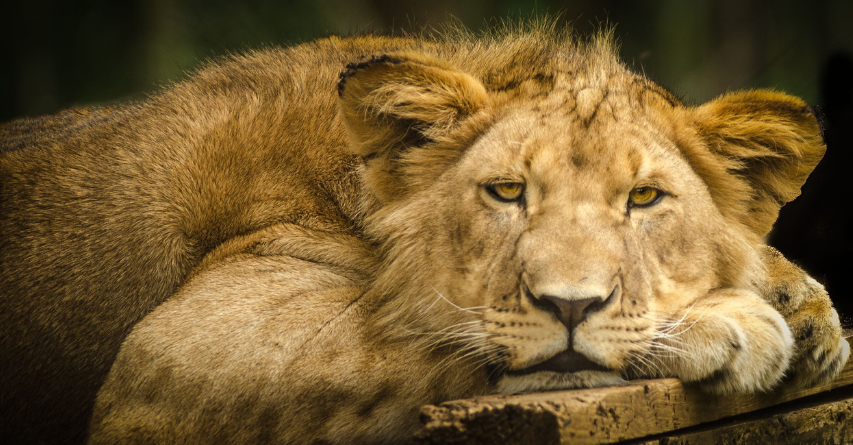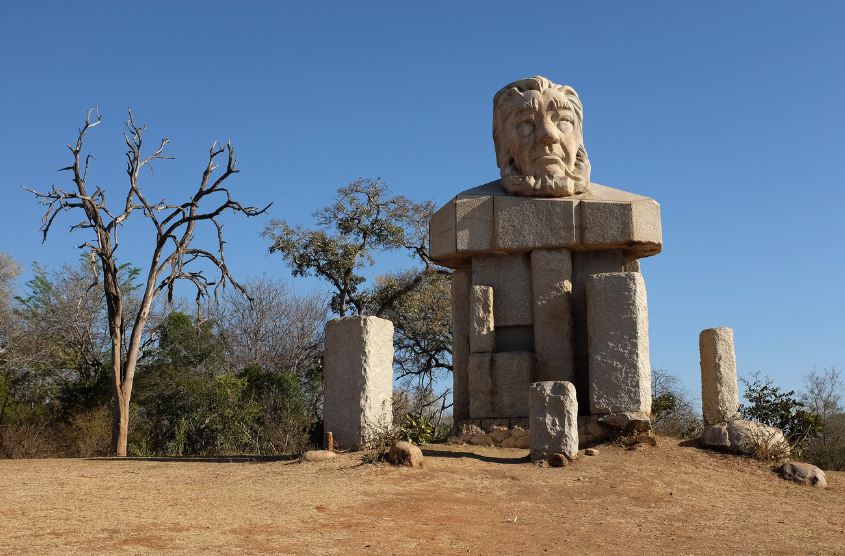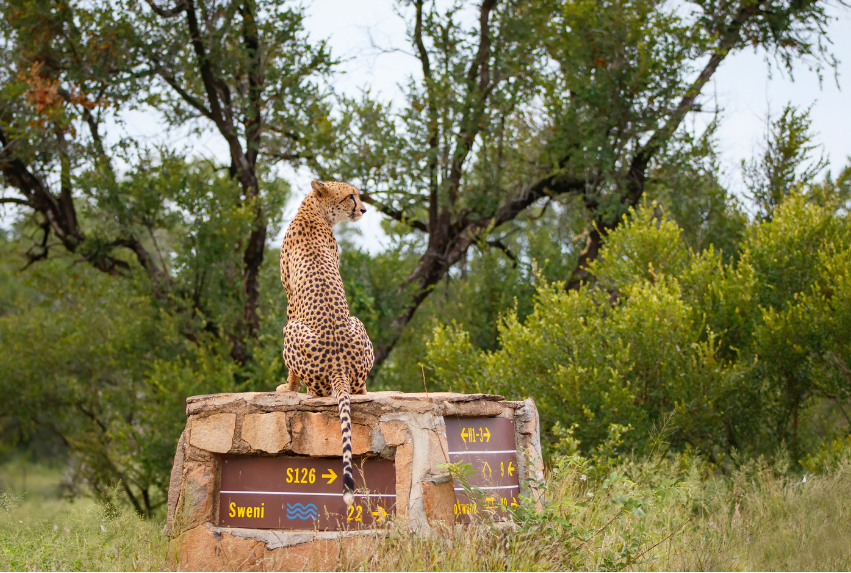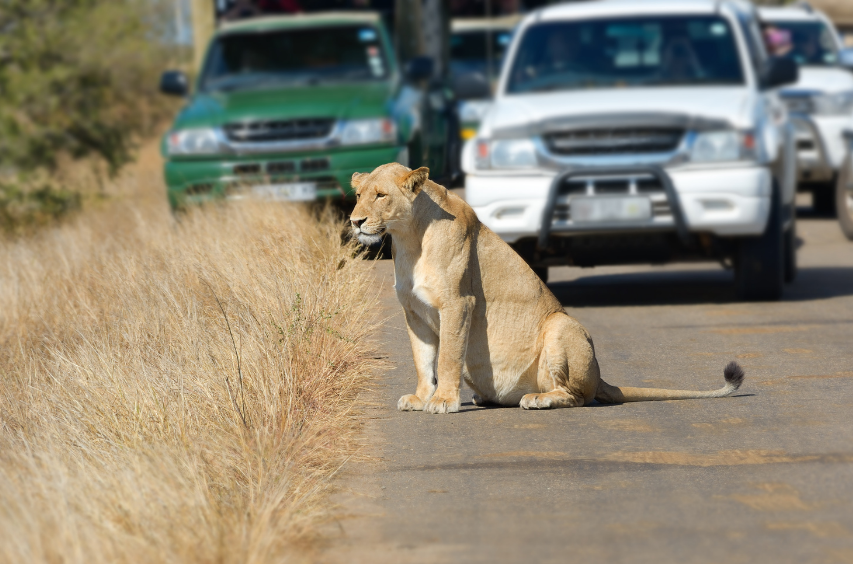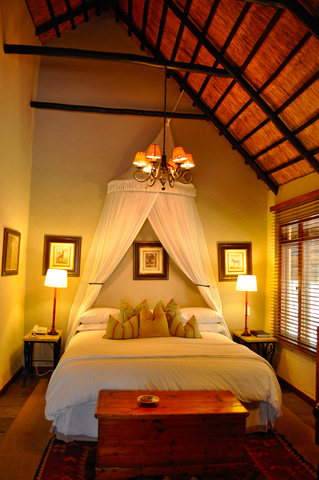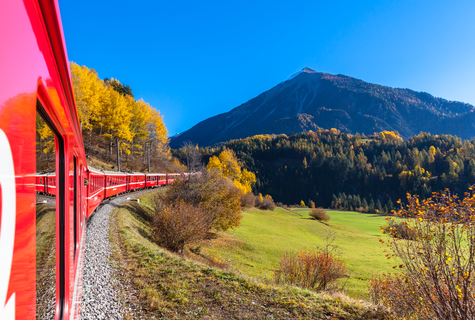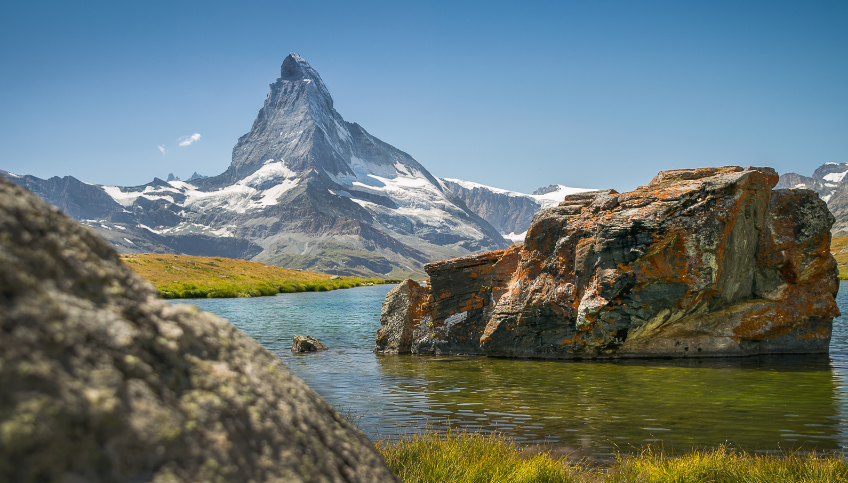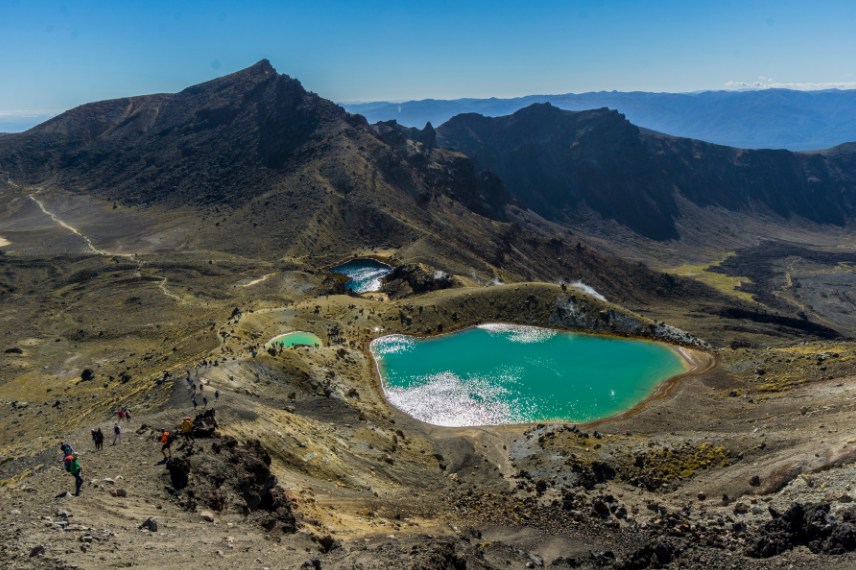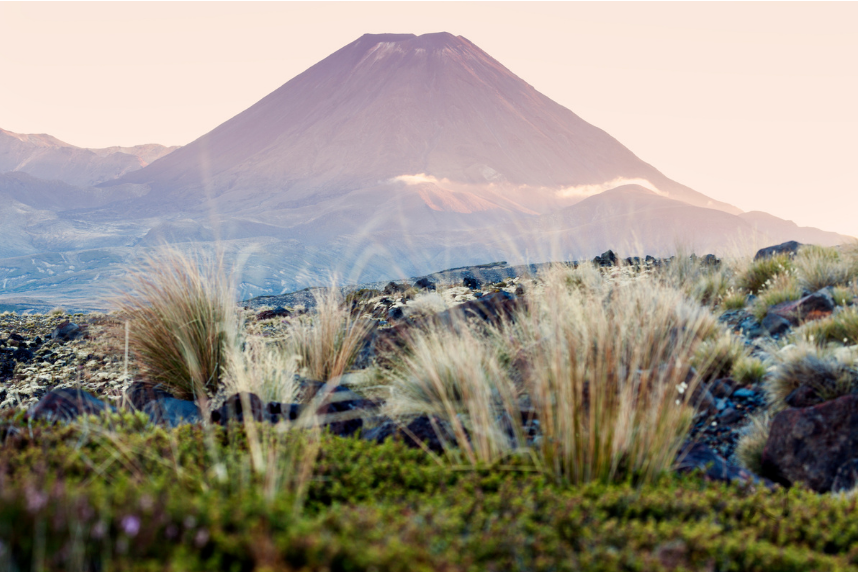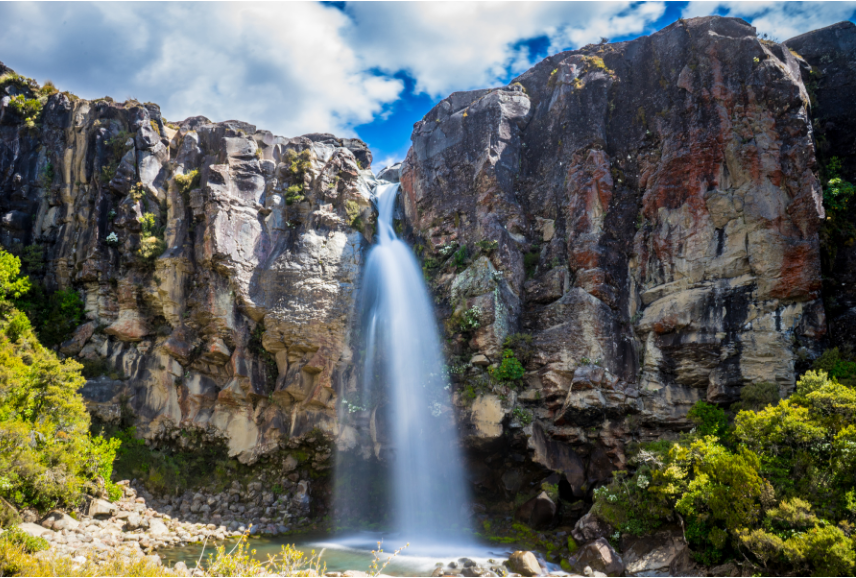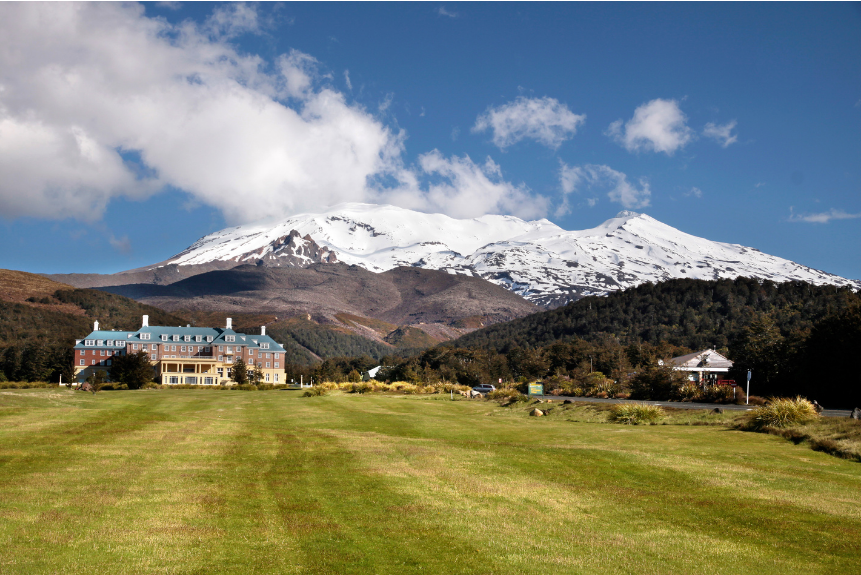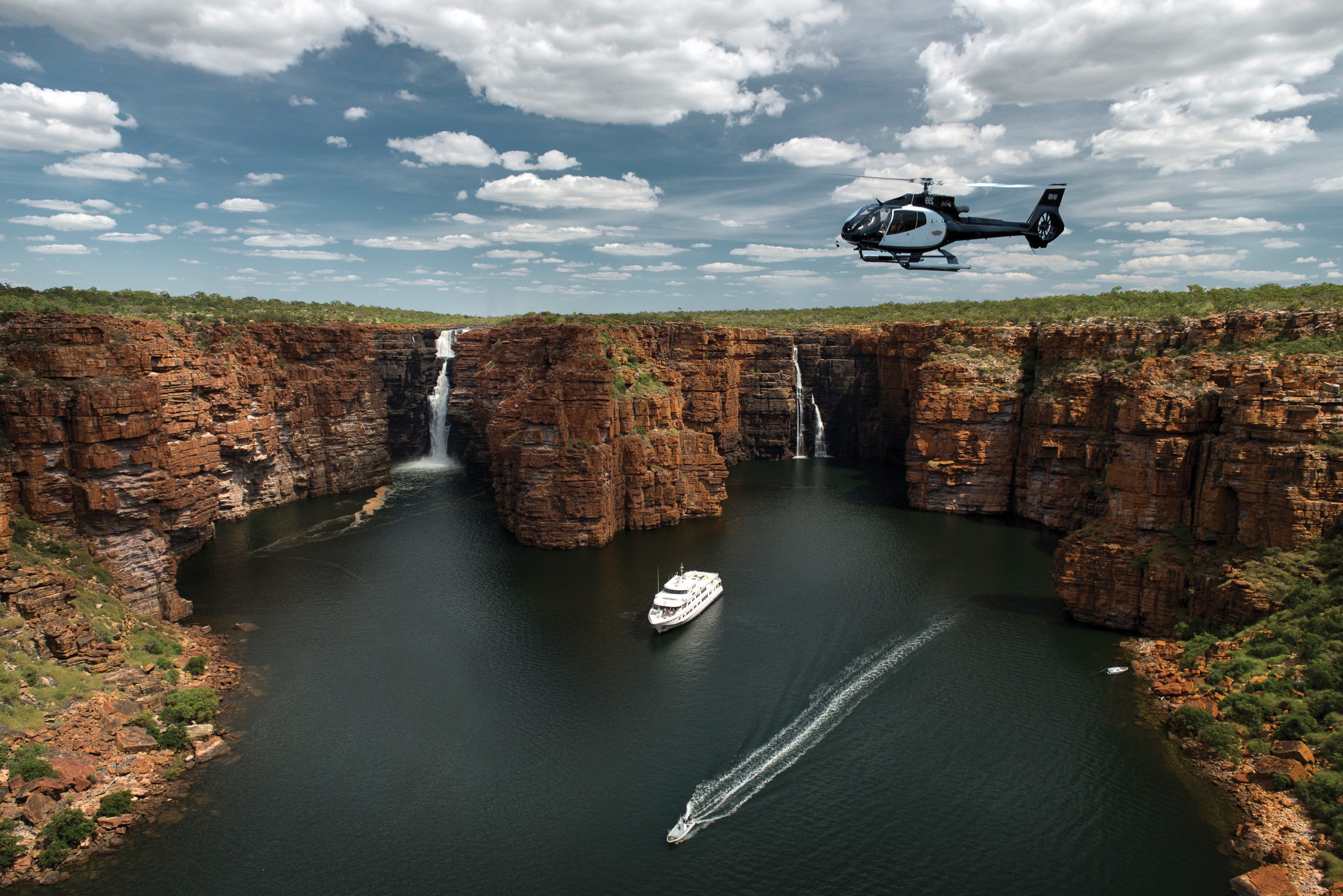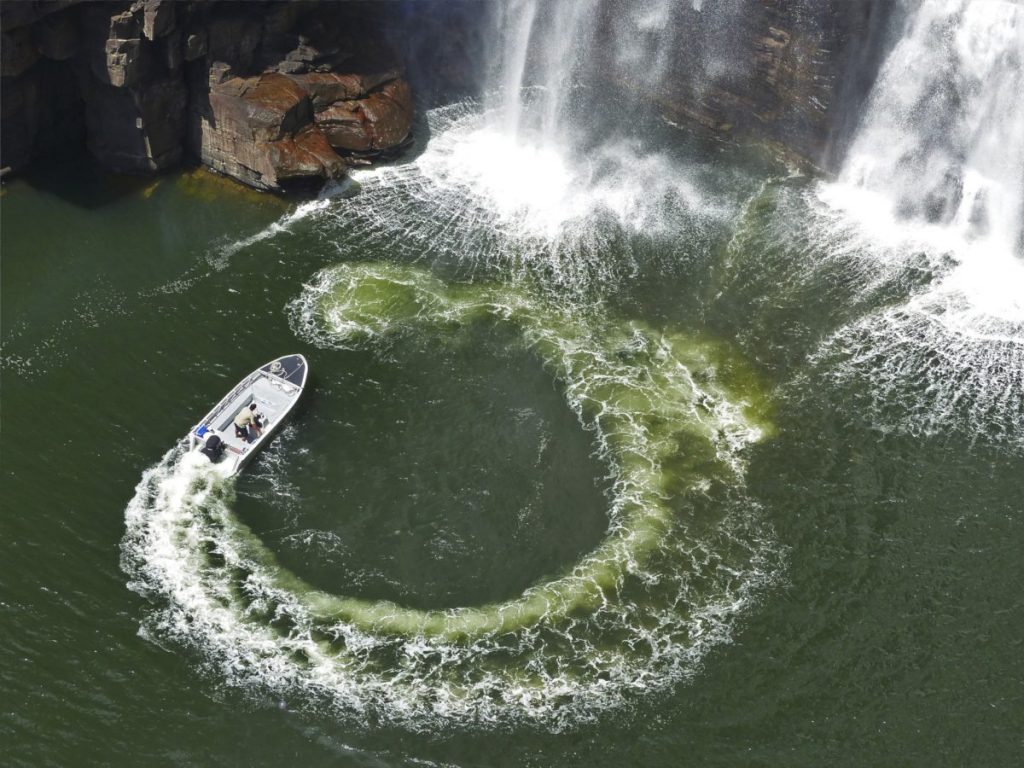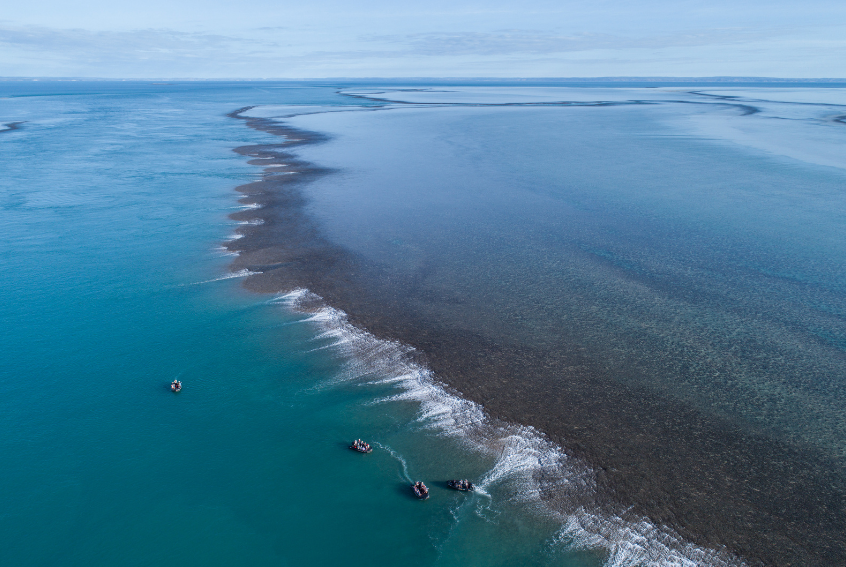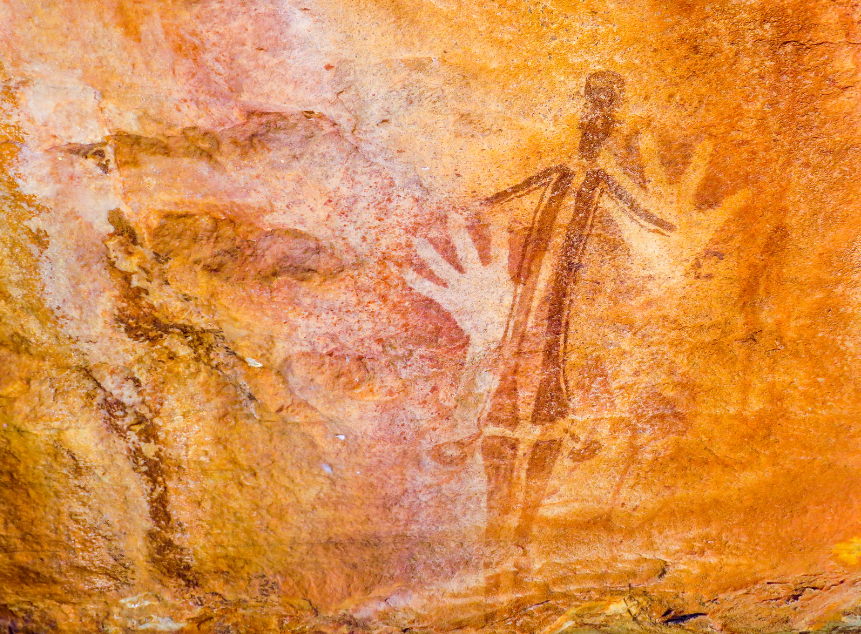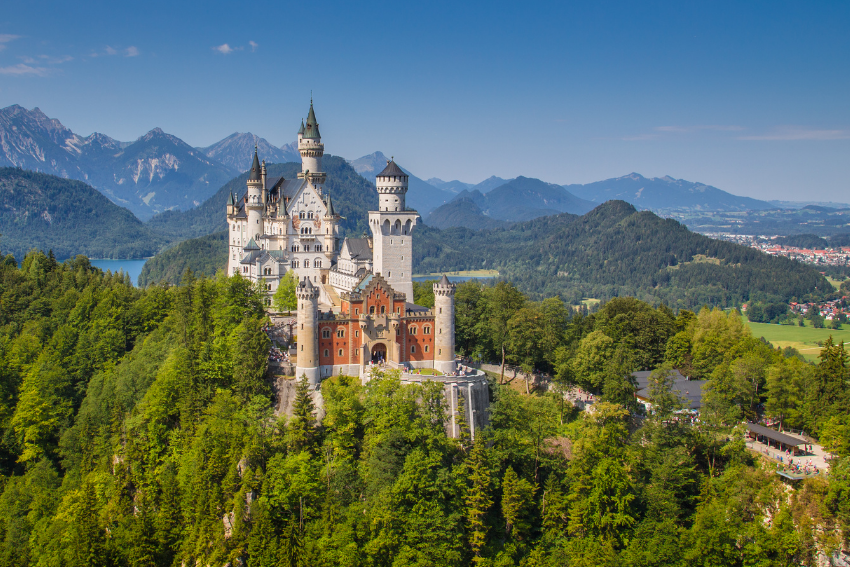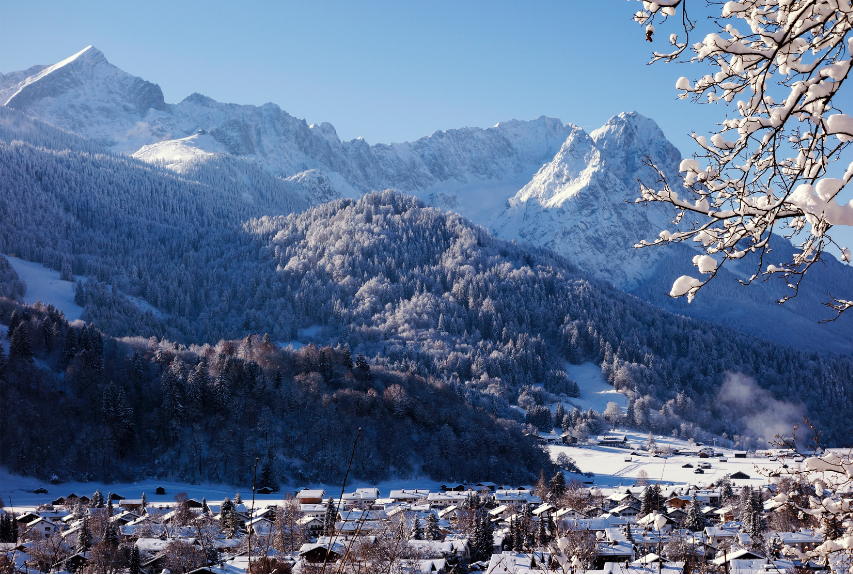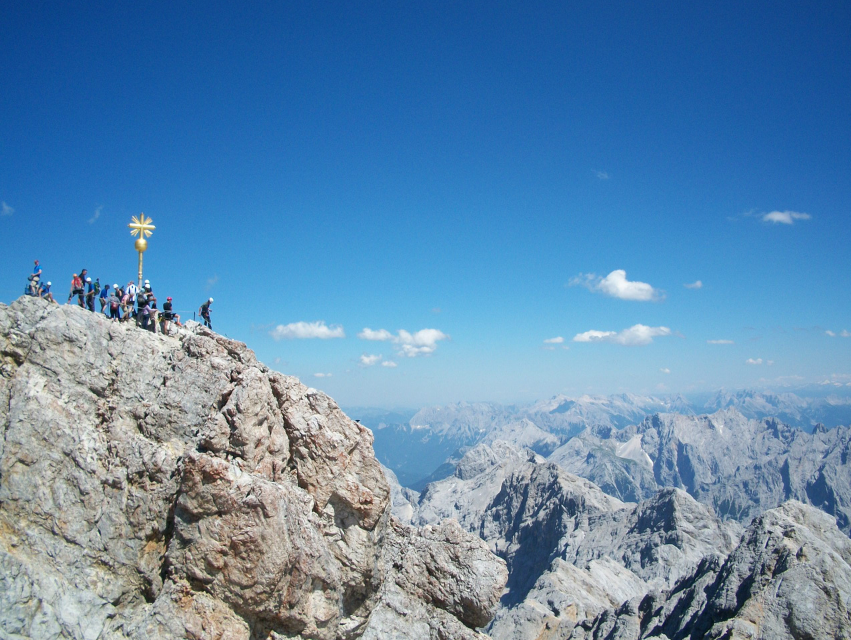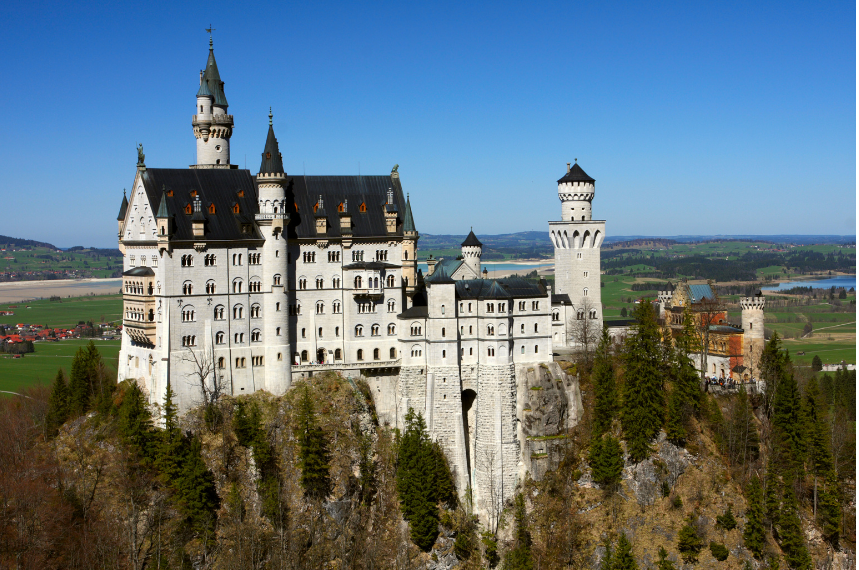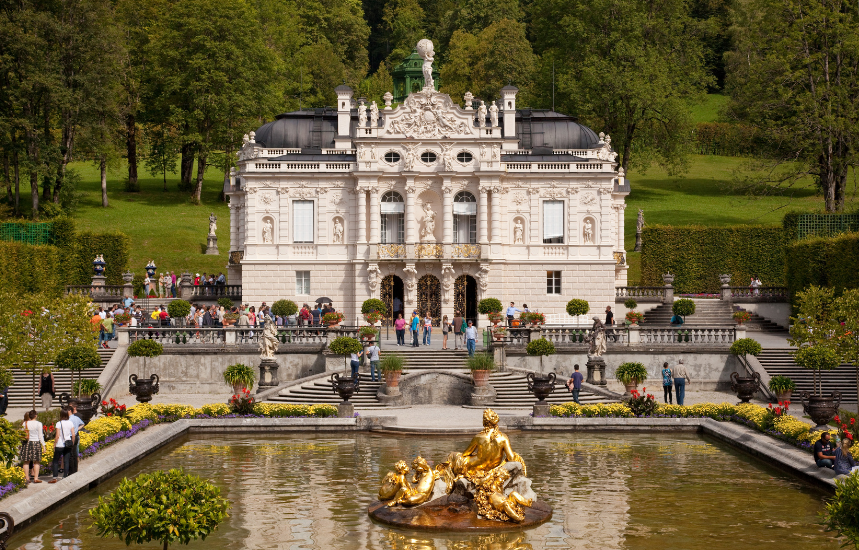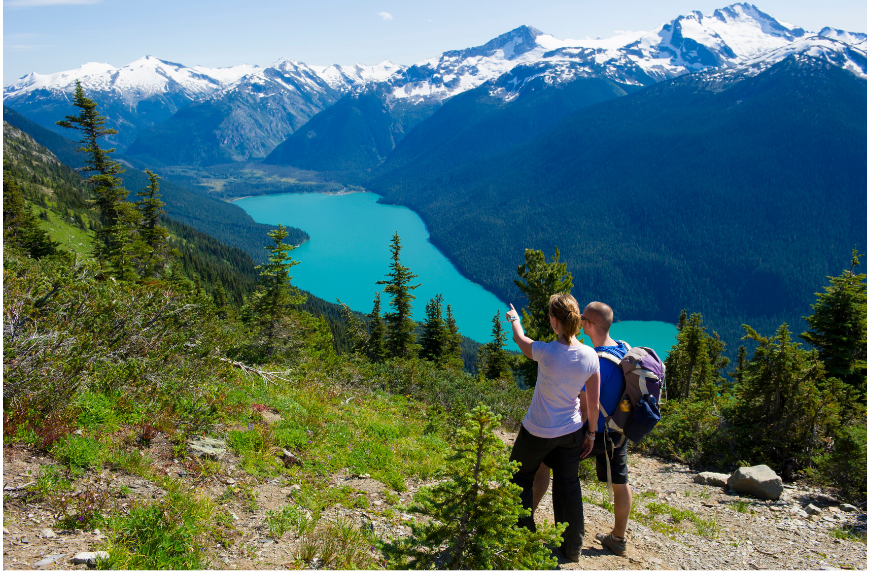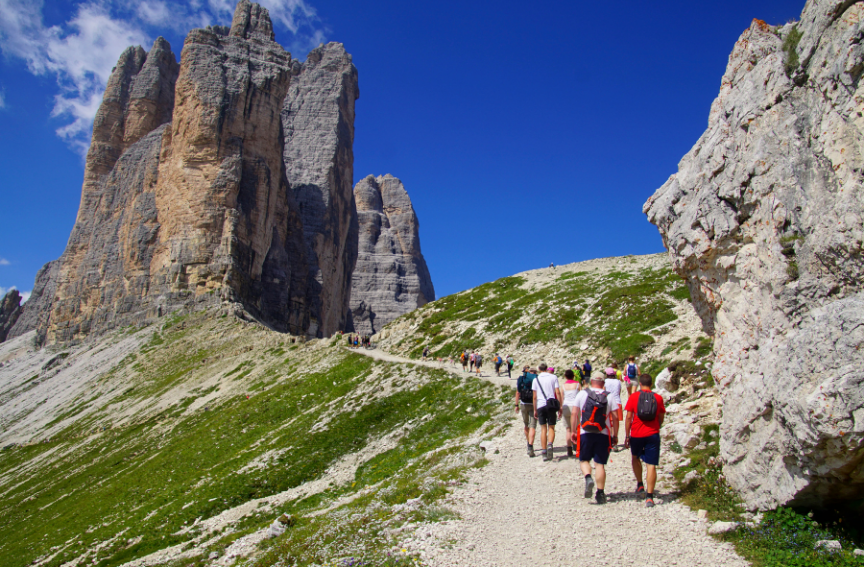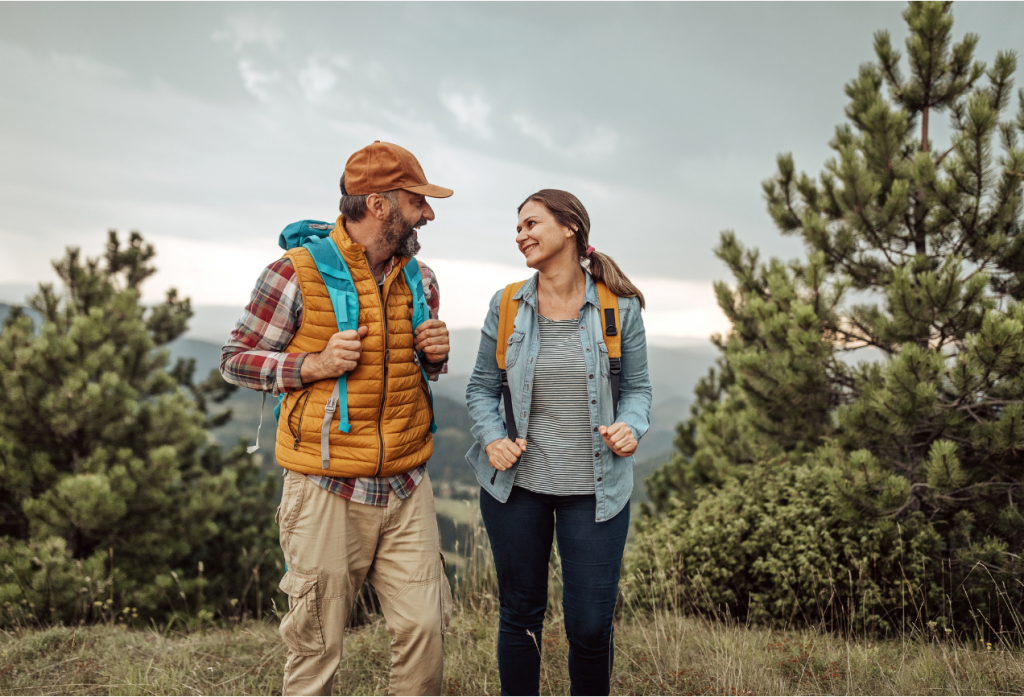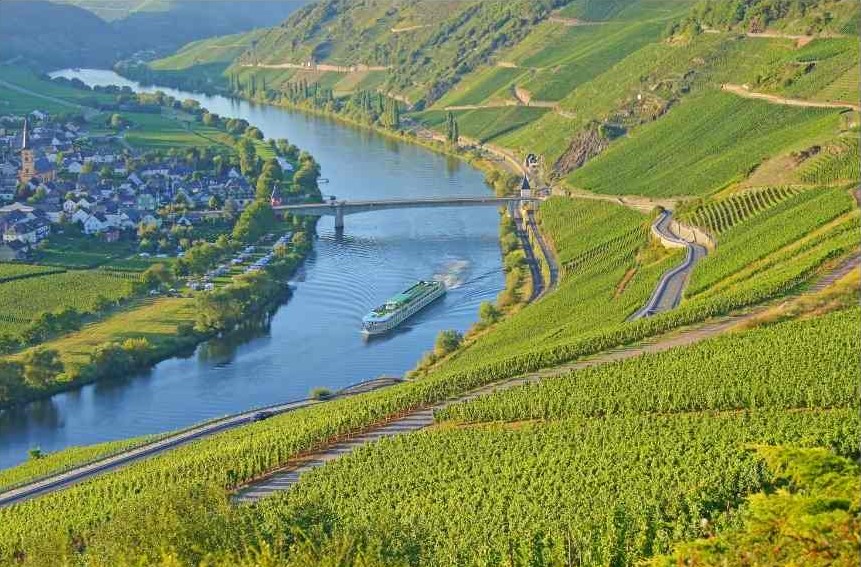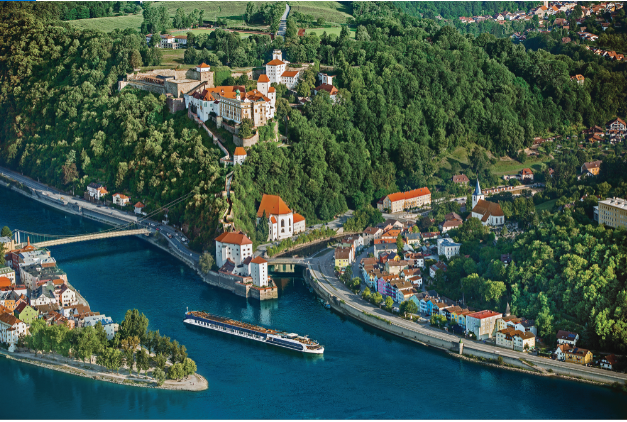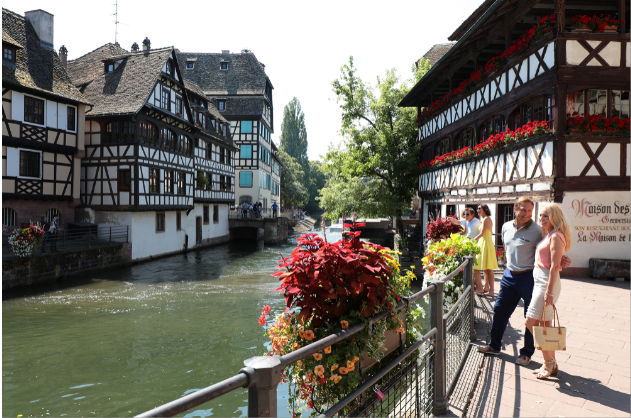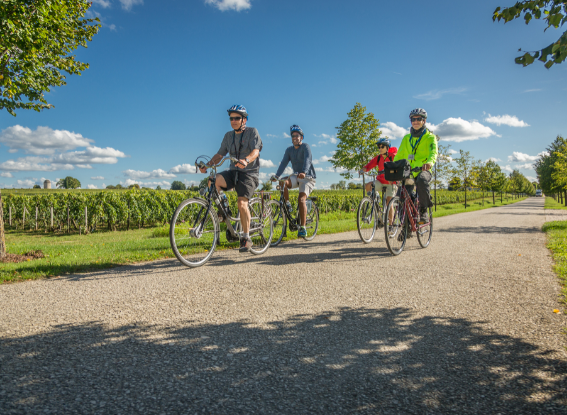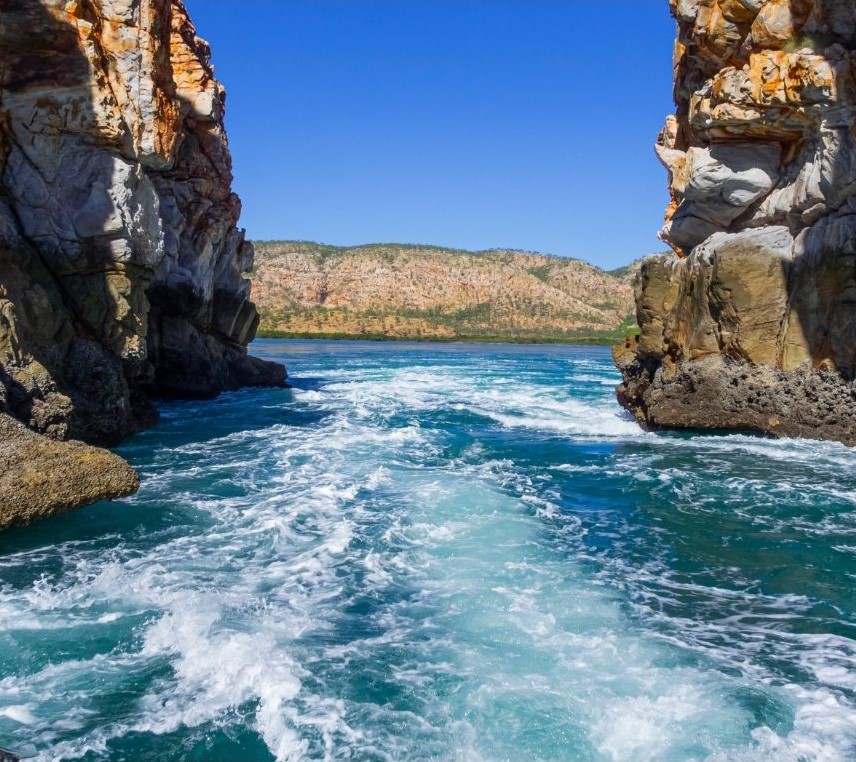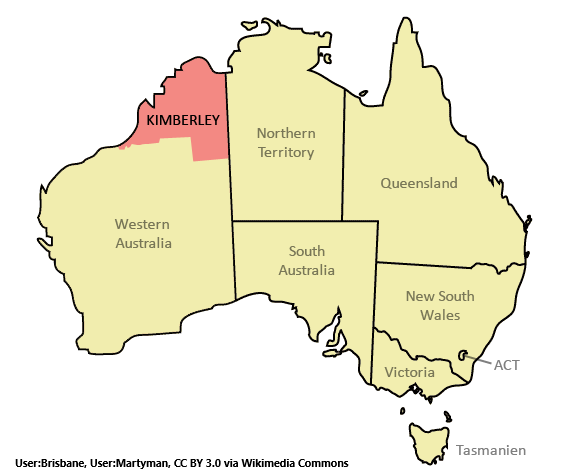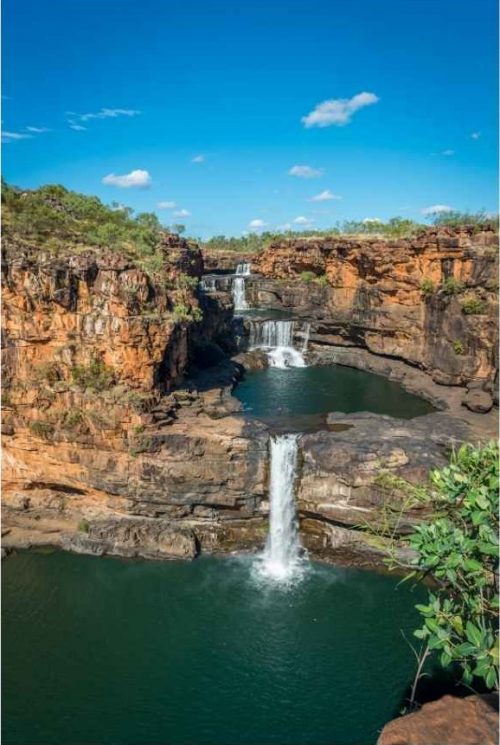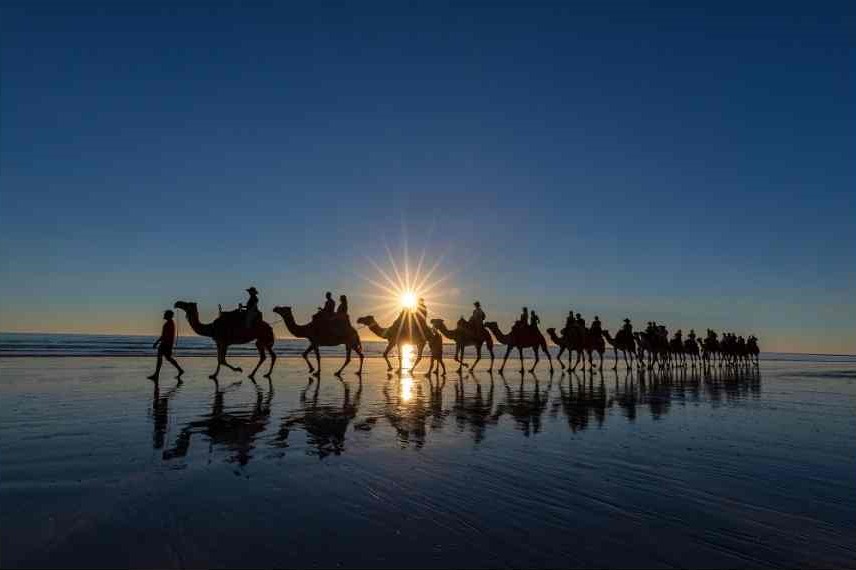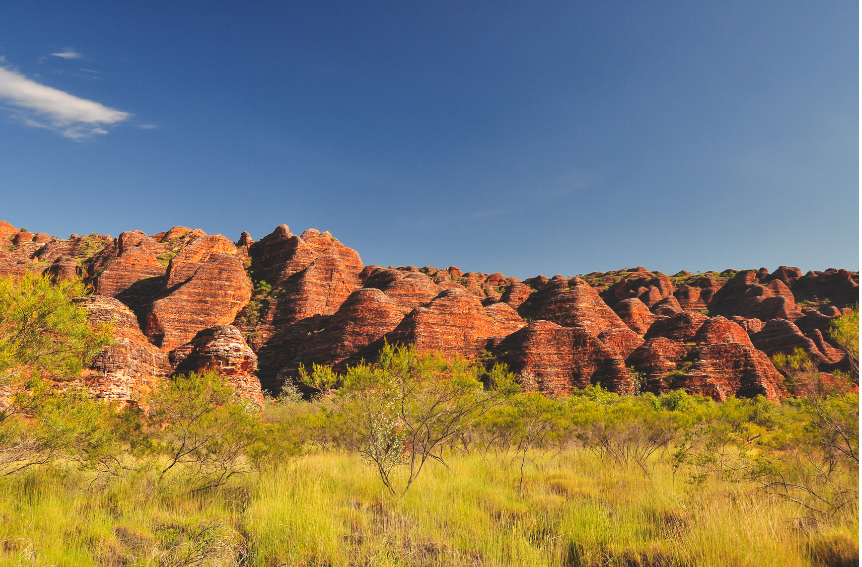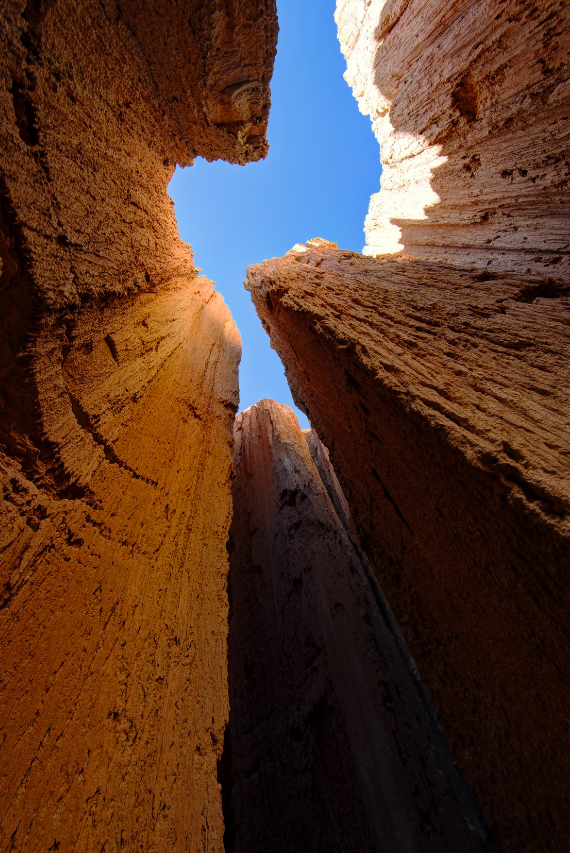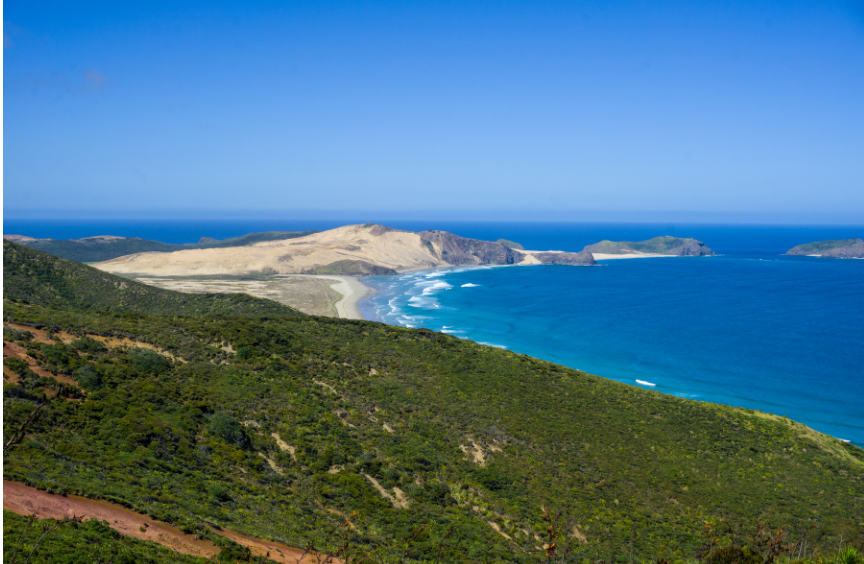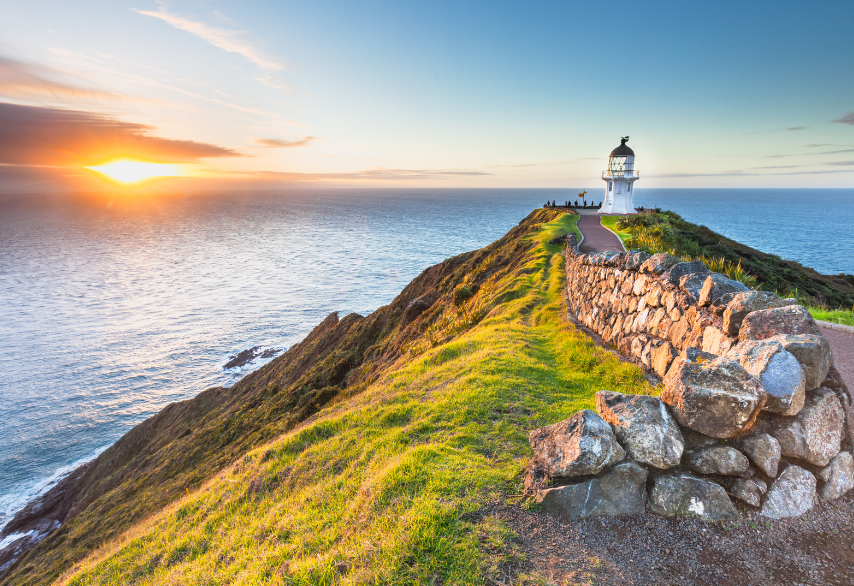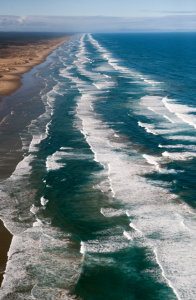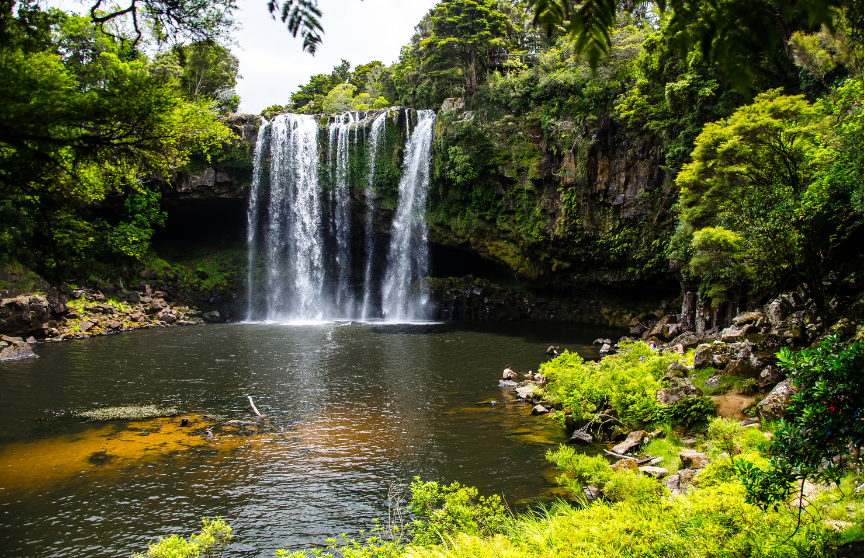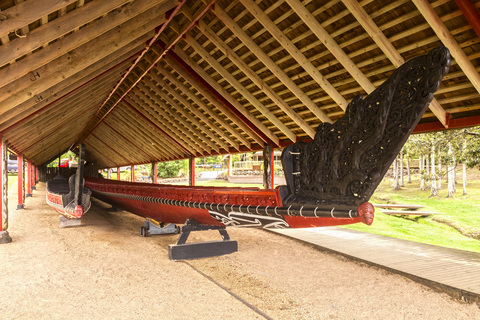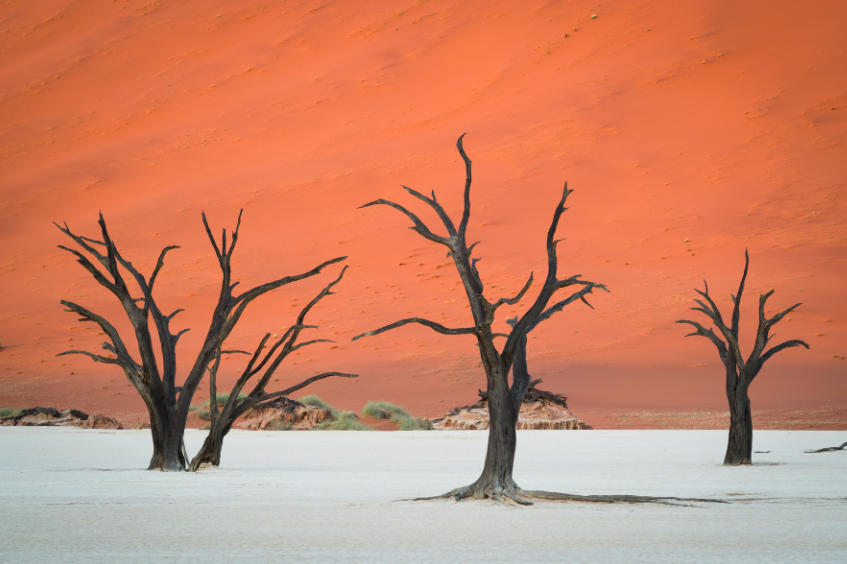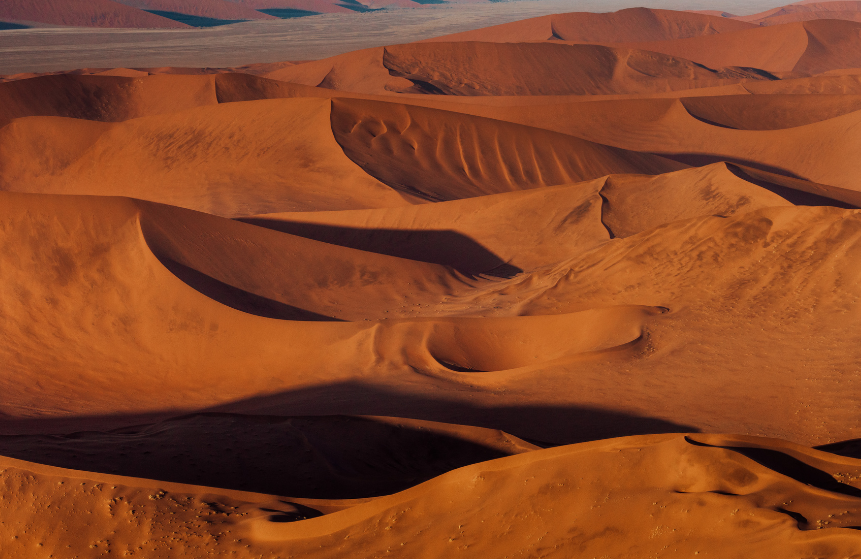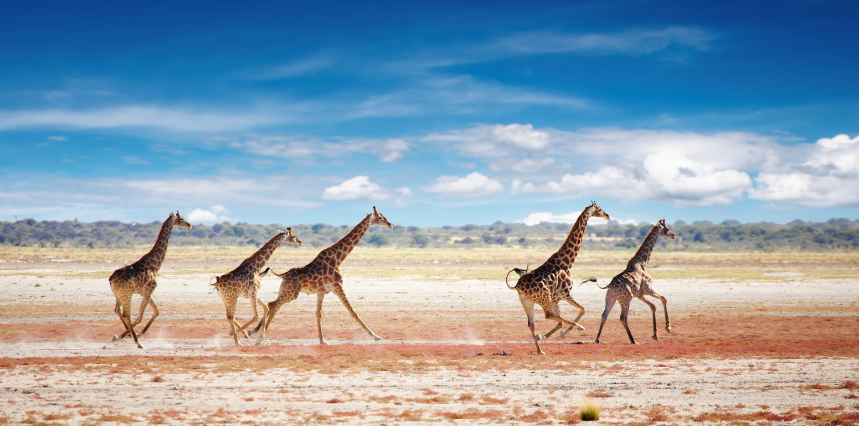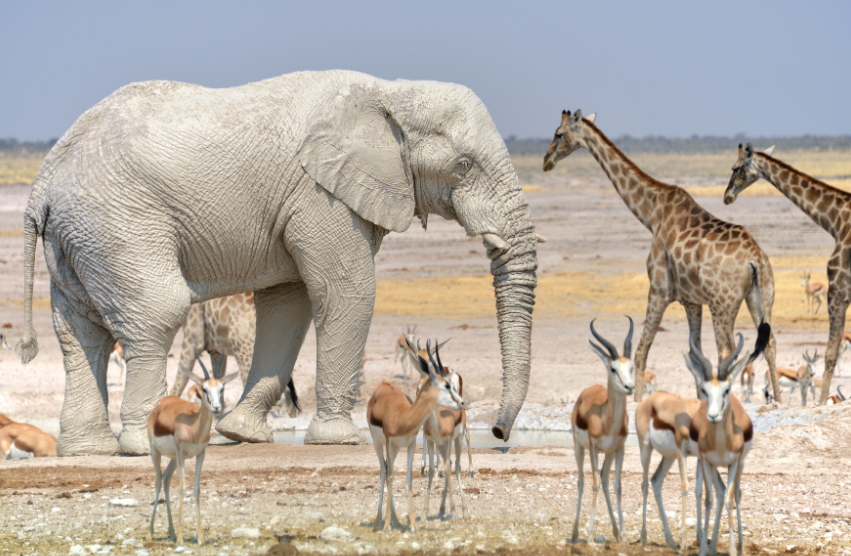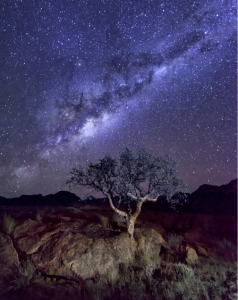The beauty and wonder of the greater Kruger area in South Africa are reflected in the visitor numbers that top one million every year. The country’s oldest and biggest national park, Kruger National Park, is home to an abundance of wildlife that shares the vast area. Lions, leopards, elephants, and rhinos are just some of the creatures you might see in this beautiful national park that borders Zimbabwe and Mozambique.
If you are considering heading to Kruger National Park for a safari to see the lions, giraffes, and other
amazing wildlife, you might wonder about game reserves, national parks and concessions. What’s the difference? It’s all about how you want to experience a safari.
National Parks, Reserves and Concessions
National parks, like Kruger National Park, are managed and owned by the government. Individuals or companies own private game reserves that surround the park. A concession is a lodge or camp run and managed by a company inside the park. All have to follow the same rules and regulations set out by the government and local authorities. Similarly, in East Africa you will find conservancies, equivalent to a private reserve in South Africa, along with national parks. The national park, reserves, and concessions form a vital co-existing group that attracts a wide range of travelers worldwide
Visiting Kruger National Park is a wildlife experience that is considered one of the best in the world. No wonder millions of people have made the trip booting the local economy and helping to conserve and preserve the environment and inhabitants of the park. From the park entrance fees that protect the park’s cultural and natural well-being to the jobs it provides, the park is an important asset to South Africa.
To understand Kruger National Park’s major contribution to South Africa, we need to understand the history. It was established in 1898 by conservationist Paul Kruger who wanted wildlife to have a thriving environment to live without being hunted. His legacy can be seen with over 750 species of animals, 1982 species of plants and hundreds of cultural sites within the park.
Your Travel Experience
Now let’s look at how the differences between game reserves, national parks and concessions, might impact your safari trip.
Traveler Numbers
Private game reserves limit the number of travelers allowed to visit at any given time. This prevents stress on the ecosystem and gives people a more realistic safari experience. National parks don’t have the
same restrictions on visitors, so they can be crowded with vehicles and people trying to see the wildlife. Also, it’s important to know off-road game viewing isn’t allowed in Kruger National Park, so often, you can see more impressive wildlife in reserves where it is permitted.
Travel Times
Kruger National Park has set opening and closing times and guides need to make sure they have exited the park before the gates close. Private reserves are always open so tourists have more scheduling flexibility and enjoy exciting night game drives. Without time limits reserves can offer more options for safari experiences such as walking safaris and longer observation times.
Travel Style
Relaxing in luxurious accommodation after a long day of safari adventuring in the heat is the perfect end to your day. Accommodation in Kruger National Parks is nice enough, but to live the high life with a room straight out of a chic travel magazine, you are best to book a stay at a private reserve. There is nothing like unwinding at a high-end lodge by exchanging safari stories over a cool drink before retiring to your luxury room for a good night’s sleep.
Making the Decision
I are here to help you decide what safari travel option is best for you and your family and friends. I customize trips with many of our clients reporting back their trip far exceeded their expectations making it truly a trip without equal.
I design safari travel packages for travelers who enjoy rich and diverse travel experiences while enjoying comfort and sometimes extra pampering. Let’s talk soon so I can answer all your questions about a South African safari and get you dreaming about a trip like no other.

